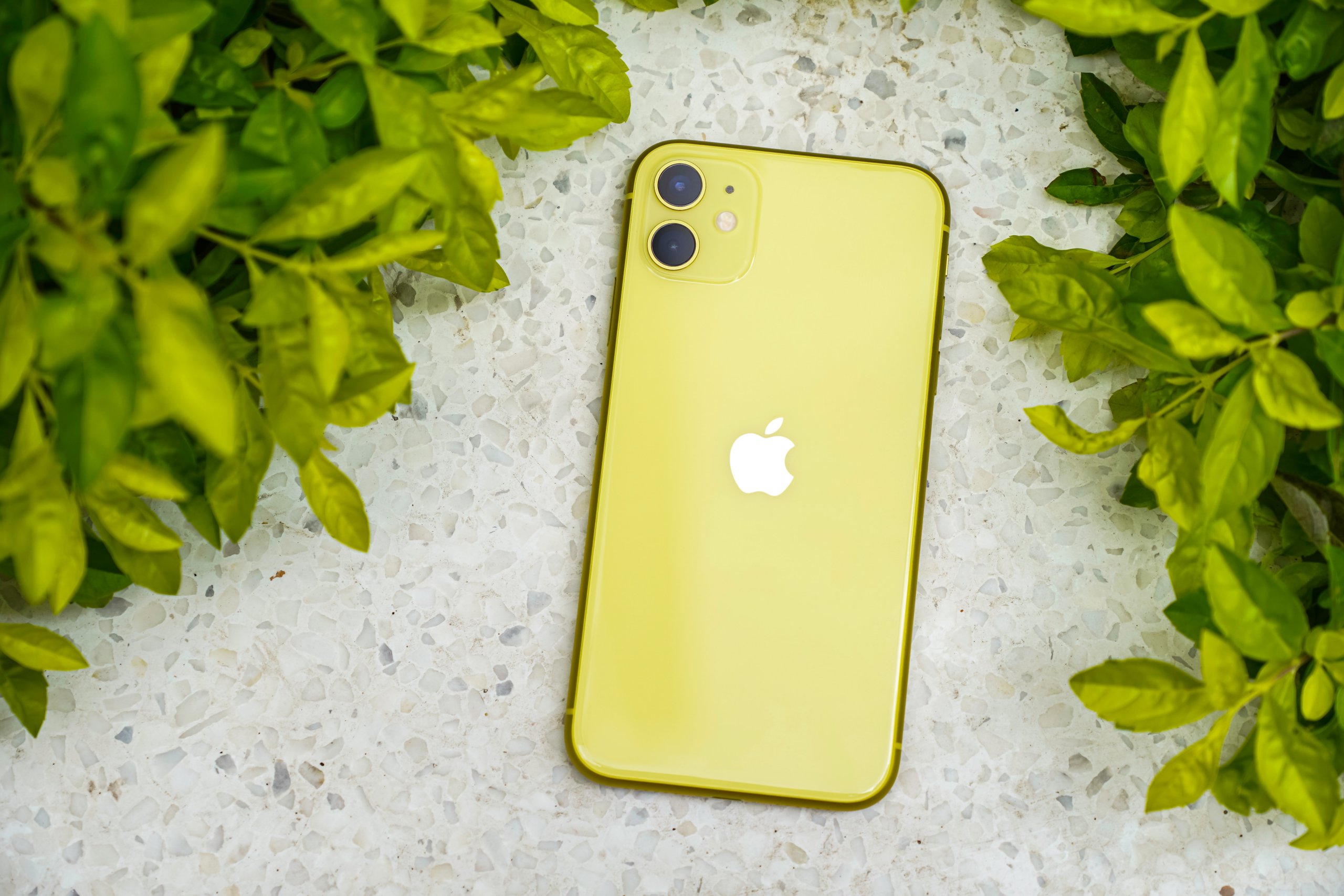iPhone app developers, we hope you’ve been studying up on your optics. The iPhone X may have just become available at the beginning of this month, but there’s already news about its successor. Bloomberg recently reported that Apple is considering incorporating a laser in the next iPhone iteration to improve Augmented Reality (AR) applications.
Transforming the iPhone into a Leading AR Device
Apple is currently tinkering with the idea of including a rear-facing 3D sensor in the 2019 iPhone. The sensor would basically shoot out a laser and record the time it took for the laser to bounce back to the device. This would allow the iPhone to deduce the distance the laser traveled.
This optics technique is a fundamental one used in various applications already. But Apple’s interest in it solely focuses on the potential it offers to drastically improve AR applications. AR is poised to disrupt how we utilize and interact with our phones, and Apple plans on turning its iPhone into one of the leading AR devices so that it is at the forefront of this revolution.
Giving the iPhone Some Depth Perception
iOS 11 is the latest mobile operating system released by Apple in September. It contains ARKit, a developer tool that focuses on making it easier for AR developers to create apps for the iPhone. While additional tools for this are anticipated to launch in the near future, ARKit has been received as a great start.
ARKit is great for finding flat surfaces and imposing virtual objects on them. But one of the main gripes with the software tool is its weakness in identifying vertical planes (doors, windows, walls) as well as its lack of dependable depth perception. Coupled together, these shortcomings make it hard to actually interact with virtual objects. By now, you can probably guess what the solution is — lasers.
The 3D sensor being considered for implementation would essentially use a time-of-flight approach. By calculating the time it takes for its laser to bounce off nearby objects, the sensor can create a 3D depiction of the environment. This depiction could then be used by AR apps for a more seamless experience.
The Future of Apple and AR
AR is a topic near and dear to Apple CEO Tim Cook. In a conversation with Bloomberg, he already hinted towards Apple’s strategy regarding AR: “I think it is profound. I am so excited about it, I just want to yell out and scream. The first step in making it a mainstream kind of experience is to put it in the operating system.”
Mr. Cook believes the implications of AR technology will extend far beyond San Francisco app developers and other tech communities. “We’re already seeing things that will transform the way you work, play, connect, and learn,” he announced during a recent Apple earnings call. “AR is going to change the way we use technology forever.”
The 3D sensor is still in early testing phases and may not be included in the final version of the next iPhone iteration. But from the above statements, you can bet that it won’t be long until we finally do see Apple taking on a more active role in AR technology.






